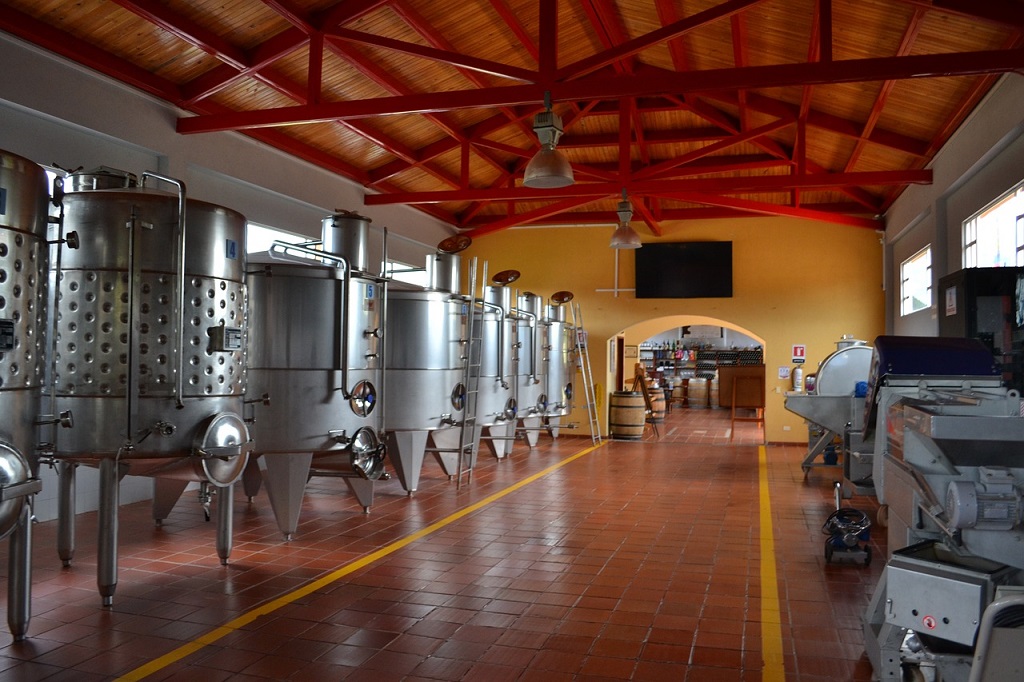Words and opinions Richard Smart
I could not believe my eyes at this lead story in yesterday’s Daily Wine News; Wine industry blighted by CO2 shortage, so the headline read. I thought it must be a joke.
The wine industry short of carbon dioxide, when they release nationwide some one eighth of a tonne of CO2 per tonne of grapes fermented? This is spewed into the atmosphere every vintage, plus some used for sparging.
How can the industry be possibly short of CO2? This same practice had caused me to label all wineries as ‘environmental vandals’ in an international magazine a few years ago.
Public opinion is changing about continuing to use the atmosphere as a sewer for CO2 and other damaging gases. Fermentation is not as serious as fossil fuels as a source.
However, this CO2 pollution by Australian wineries is a significant contributor amongst other processors of Australian agricultural produce.
Interestingly wine journalists seem uninterested in this topic, despite increasing environmental concerns of their readers.
The Australian wine industry must be aware that increasing levels of carbon dioxide are responsible for global warming and climate change; a phenomenon which is likely to have larger impact on viticulture and wine than for any other Australian agricultural industry.
The very concept of typicity and regional wine styles and varieties will be changed.
However, I was reassured by reading further down the Daily Wine News column that a solution may be in sight. WEA, the winery Engineering Association are conducting a Barossa seminar on 26-27 July, see wea.org.au.
The program will feature two French experts outlining their success with CO2 capture, along with an Australian brewer from Coopers.
My reassurance was further increased by learning that ASVO were to show the Australian wine industry how to reduce their carbon footprint. This two- day seminar with the catchy title CO23 to be held on 15 -16 June at multiple sites.
Intriguingly, fermentation release of CO2 is not even included in the footprint, due to an accounting trick with an interesting history. Yet this release is a major contributor to wineries carbon footprint, up there with the use of glass bottles.
This same informative Daily Wine News listed articles indicating winery concern about climate change in the Hunter Valley and the Hudson Valley in eastern USA, amid concerns in another article about changing regional typicity.
So should the Australian wine industry continue to release CO2 into the atmosphere from fermentation? Future generations, including winemakers, will have a view on that. Happily, AWRI is contemplating research into CO2 capture and reuse, and alternatives to glass bottles.
Are you a Daily Wine News subscriber? If not, click here to join our mailing list. It’s free!





















